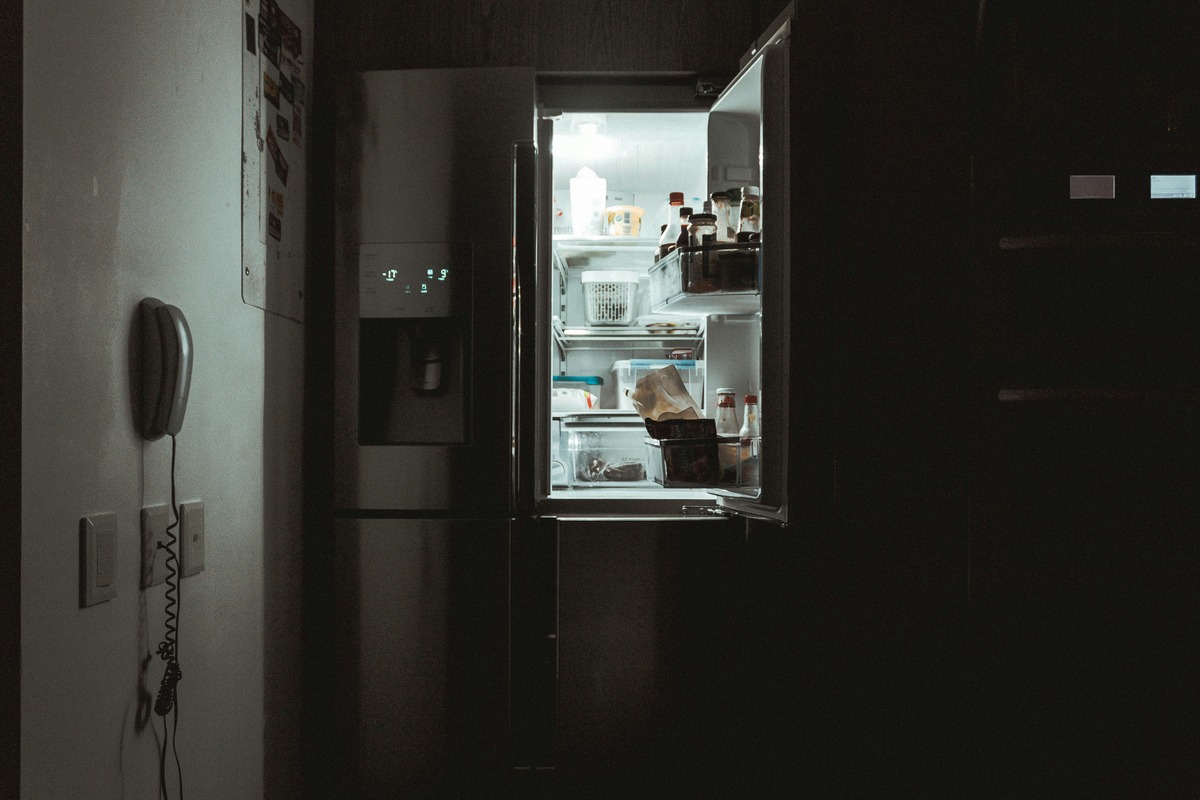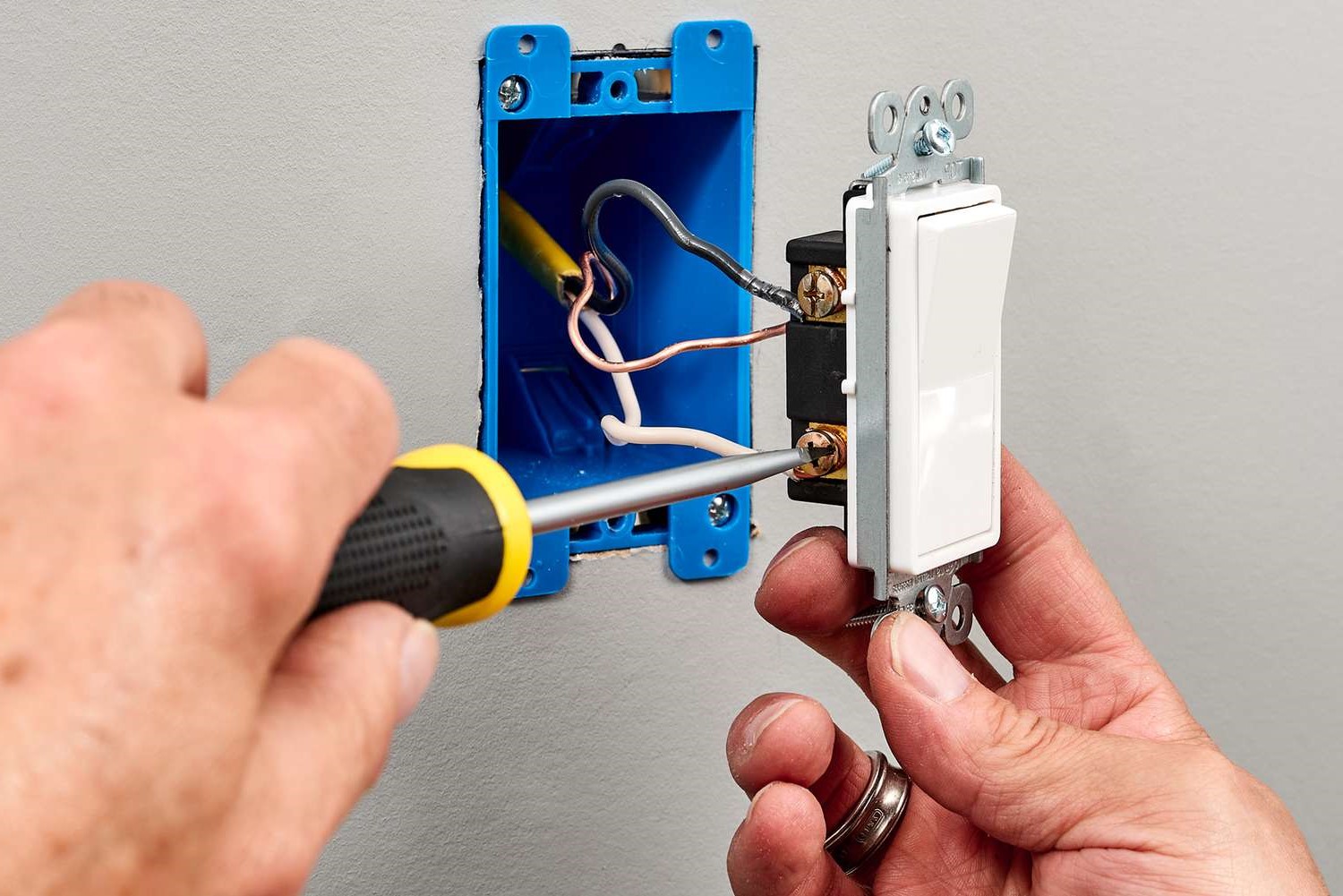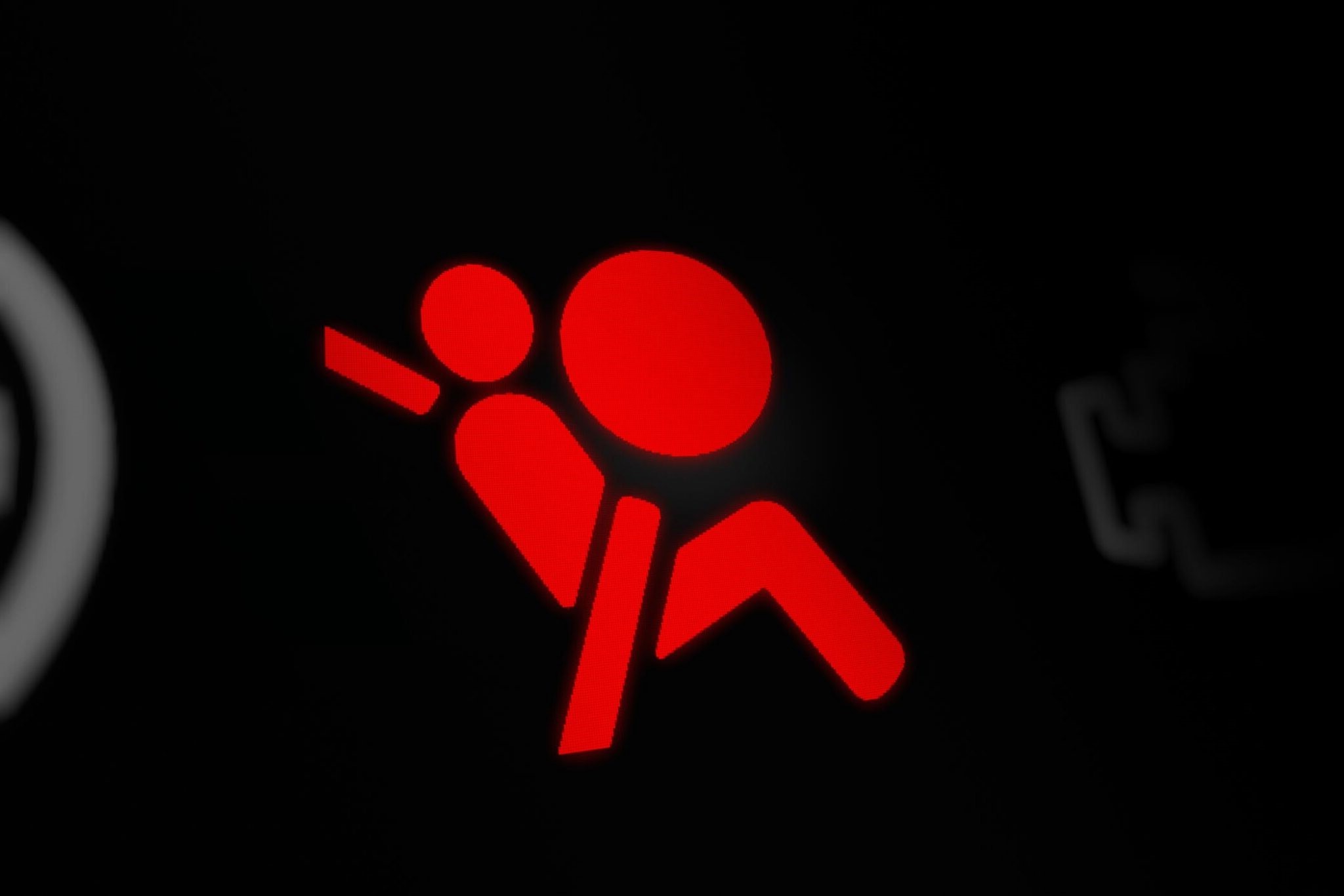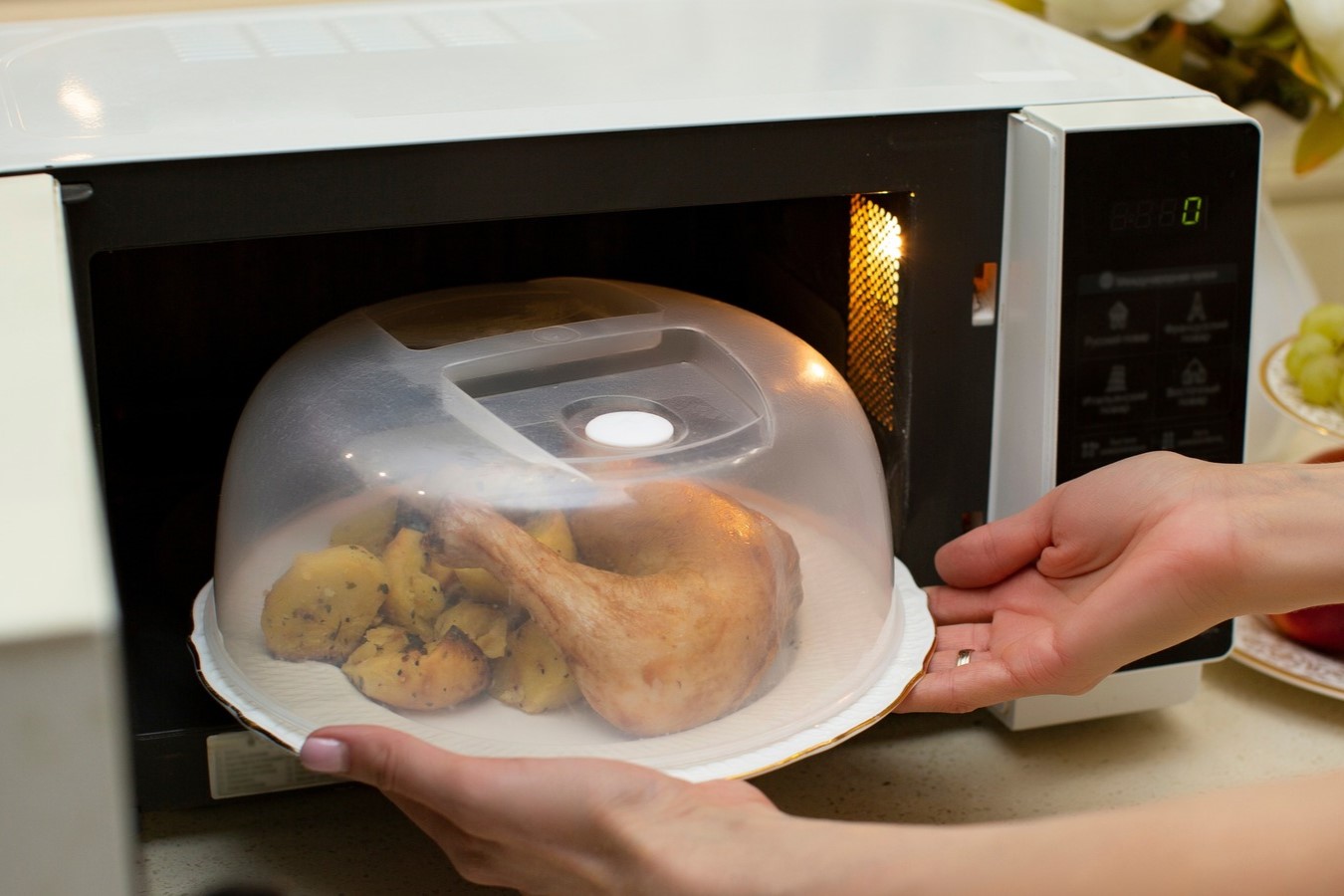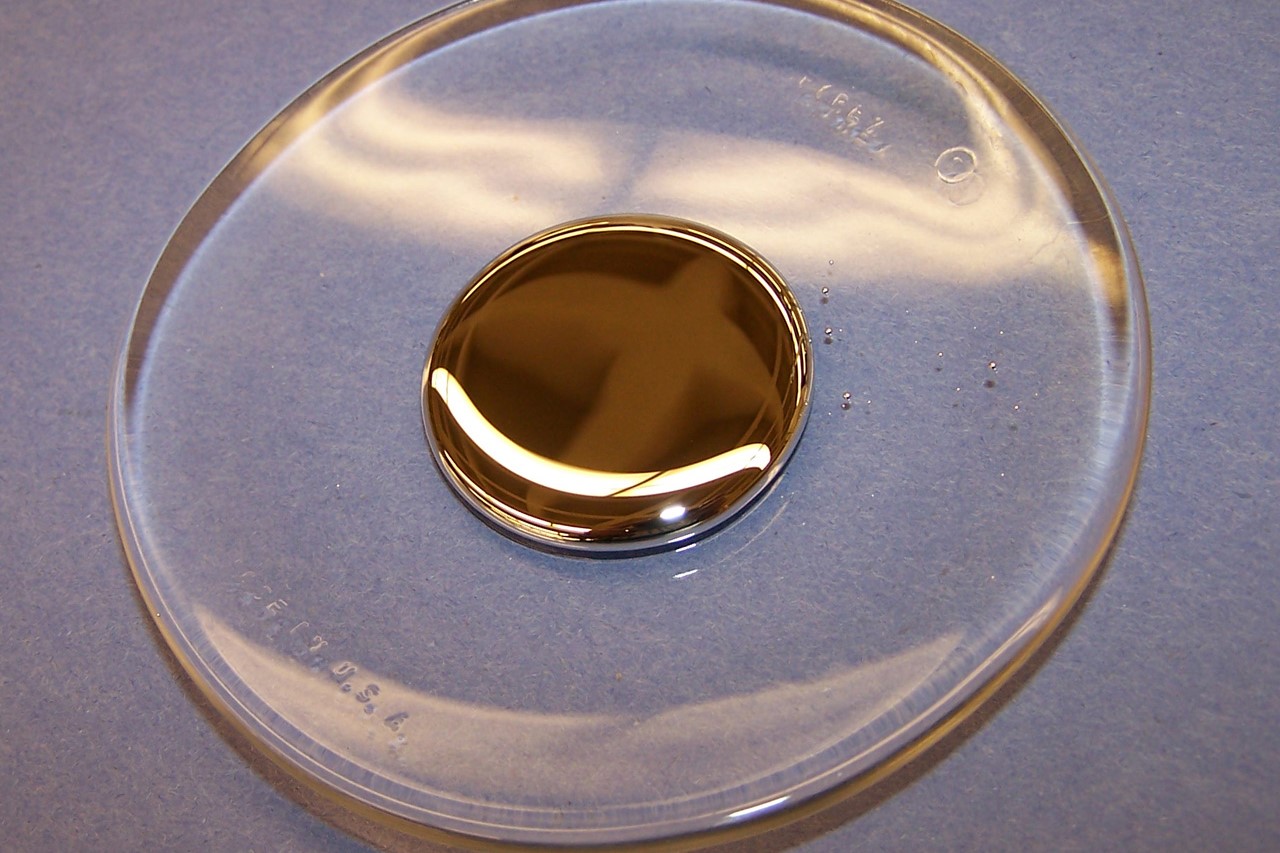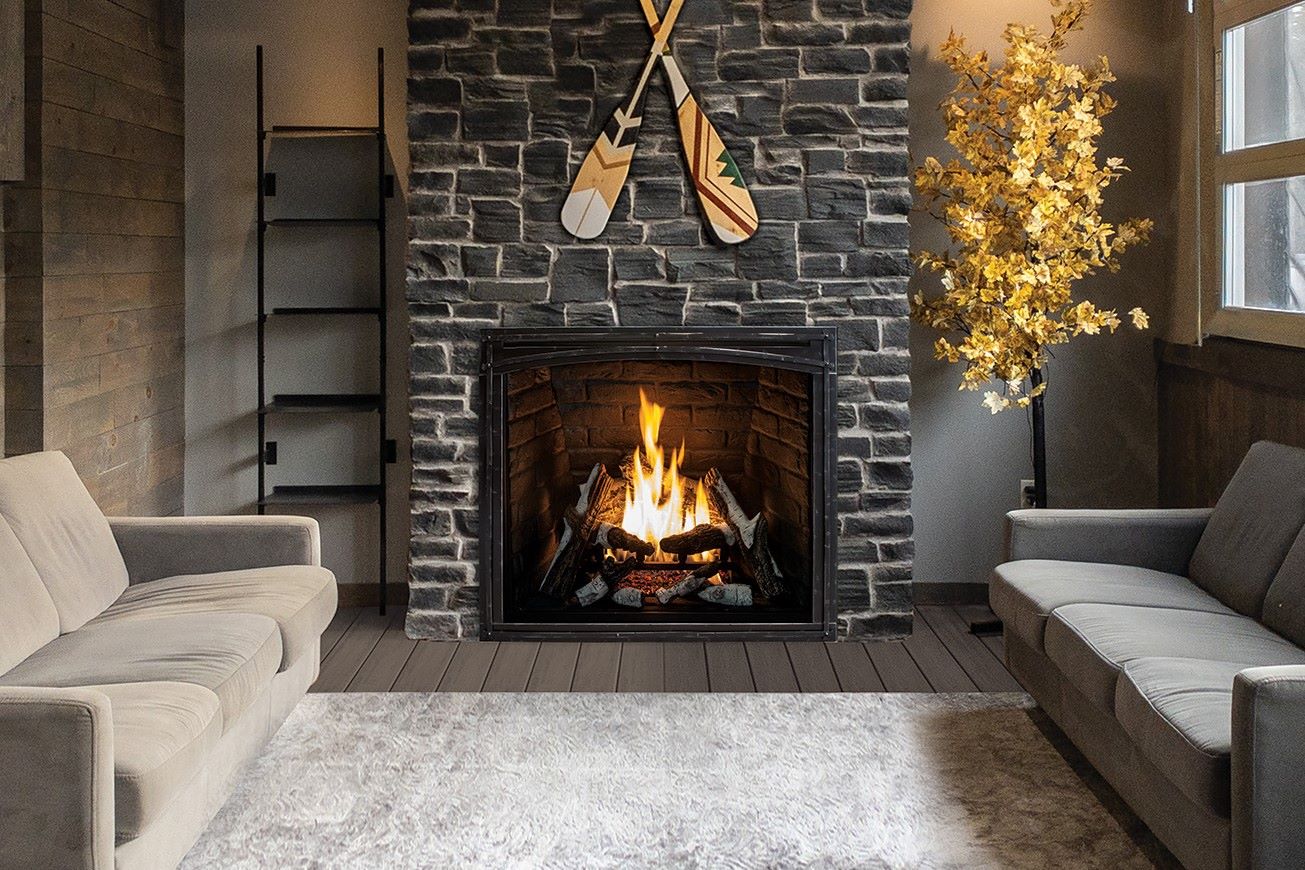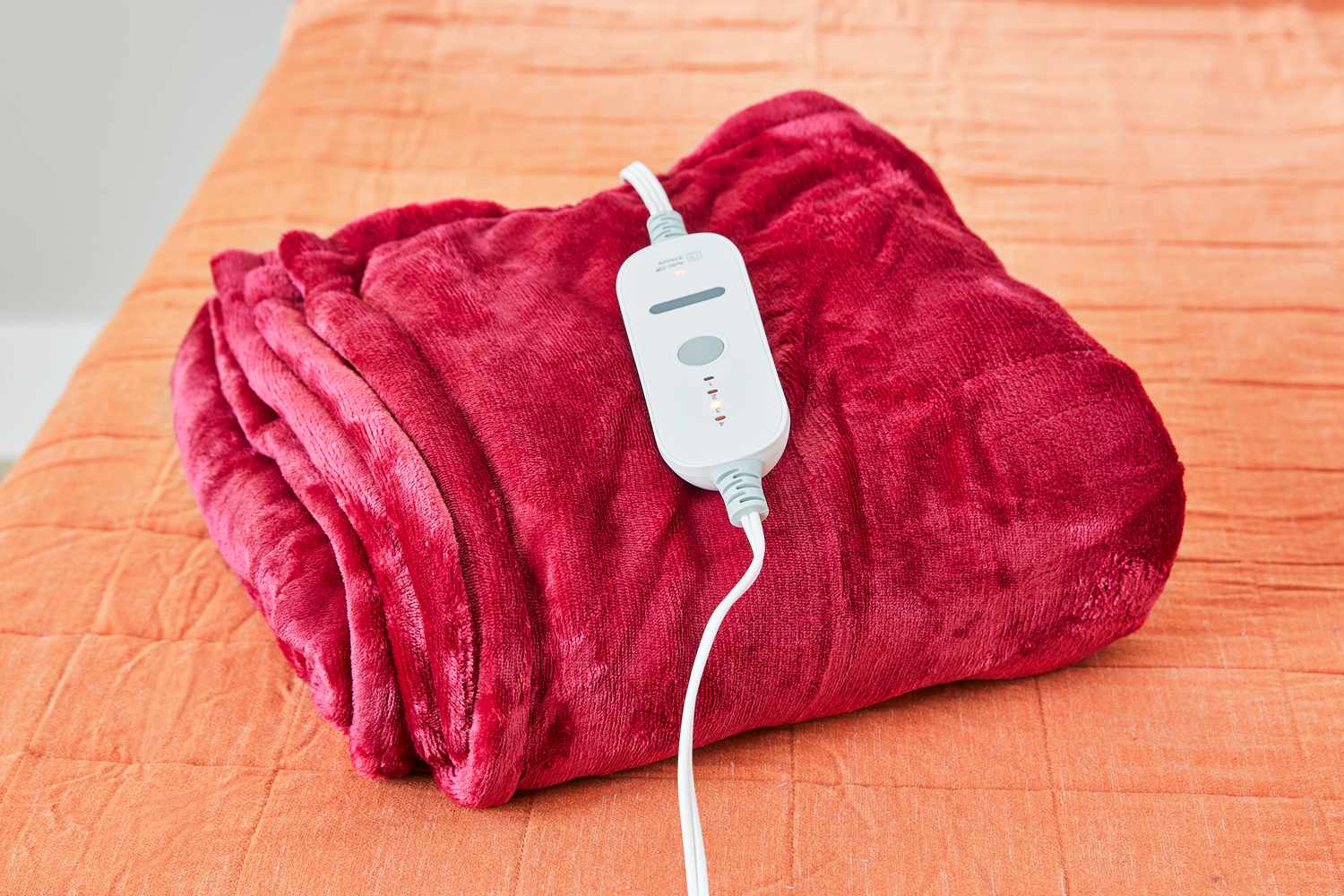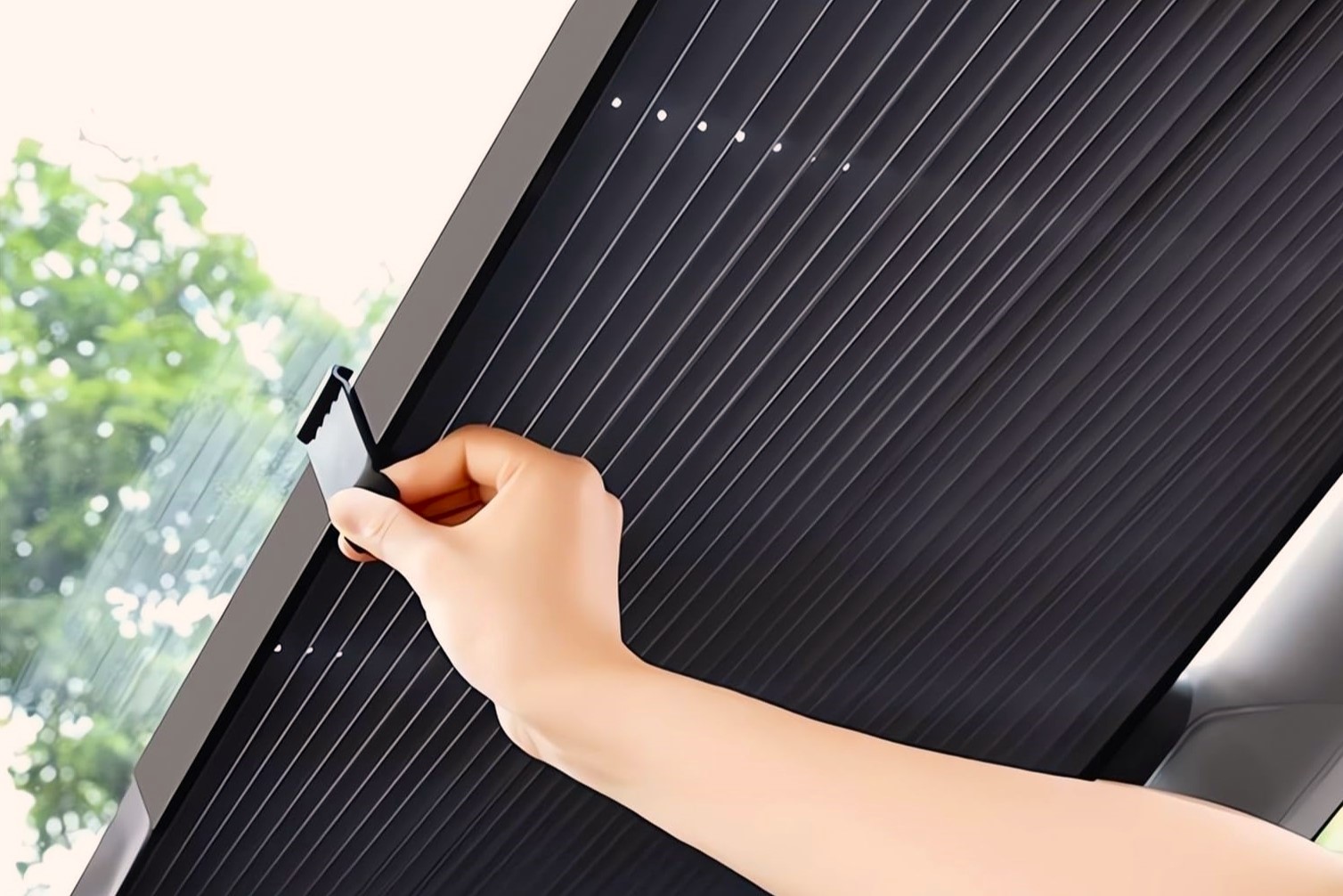Home>Lifestyle>Troubleshooting Guide: Pilot Light On But No Heat!
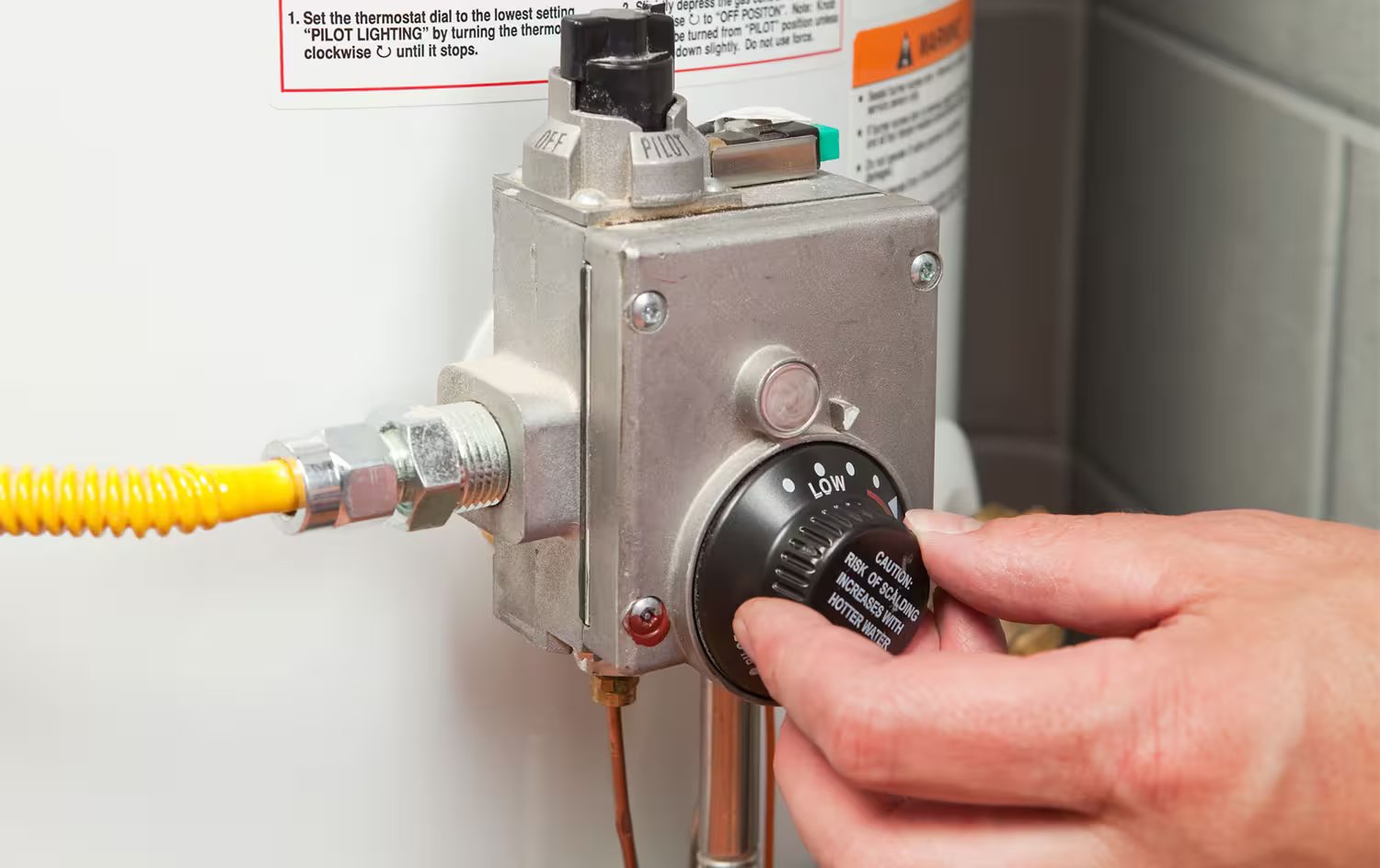

Lifestyle
Troubleshooting Guide: Pilot Light On But No Heat!
Published: February 2, 2024
Discover effective troubleshooting tips for a pilot light on but no heat situation. Get your lifestyle back on track with our expert advice.
(Many of the links in this article redirect to a specific reviewed product. Your purchase of these products through affiliate links helps to generate commission for Noodls.com, at no extra cost. Learn more)
Table of Contents
Introduction
A malfunctioning furnace can be a source of frustration, especially when the pilot light is on, yet there's no heat emanating from the system. This issue not only disrupts the comfort of your living space but also poses potential safety concerns. Understanding the root cause of this problem and effectively troubleshooting it is crucial for restoring warmth and ensuring the efficient operation of your heating system.
In the following sections, we will delve into the intricacies of pilot light functionality, explore the potential causes behind the absence of heat despite a lit pilot light, and provide comprehensive troubleshooting steps to help you address this issue. By gaining insights into these aspects, you will be better equipped to tackle the problem and restore the functionality of your furnace, thereby fostering a cozy and comfortable indoor environment.
Let's embark on a journey to unravel the mystery behind a pilot light that's on but fails to yield the comforting warmth it signifies. Through a blend of technical understanding and practical solutions, we aim to equip you with the knowledge and confidence to address this common heating system dilemma. So, let's roll up our sleeves and delve into the world of furnace troubleshooting, where we'll navigate through the complexities of heating systems to bring back the warmth and coziness you deserve.
Read more: How To Light Pilot Light On Water Heater
Understanding the Pilot Light
The pilot light is a small, continuously burning flame that serves as an ignition source for the main burner of a gas furnace. It plays a pivotal role in the heating process, as it ignites the gas when the furnace is activated, thereby generating the heat that warms your home. Understanding the function and significance of the pilot light is essential for diagnosing issues related to its operation.
Typically, the pilot light is located near the bottom of the furnace and is fueled by a steady supply of gas. It is sustained by a small, constantly flowing amount of gas, which keeps the flame burning. This flame is crucial for initiating the combustion process when the furnace is triggered to produce heat. In essence, the pilot light acts as a reliable and readily available source of ignition, ensuring that the furnace can swiftly and consistently generate warmth as needed.
The pilot light is designed to remain lit continuously, even when the furnace is not actively heating the air. This allows for immediate ignition of the gas when the thermostat signals the need for heat. As a result, the pilot light serves as a dependable and efficient means of jumpstarting the heating process, enabling the furnace to swiftly respond to temperature fluctuations within your living space.
Understanding the pilot light involves recognizing its critical role in the overall operation of the furnace. It serves as a reliable and readily available source of ignition, ensuring that the heating system can swiftly and consistently generate warmth as needed. By gaining a deeper understanding of the pilot light's function and significance, you can effectively troubleshoot issues related to its operation, thereby fostering a comfortable and well-heated indoor environment.
In the subsequent sections, we will explore the potential causes behind a lit pilot light failing to yield heat, providing you with valuable insights and practical solutions to address this common furnace-related dilemma. Let's delve deeper into the intricacies of heating systems to unravel the mystery behind a pilot light that's on but fails to produce the comforting warmth it signifies.
Possible Causes of Pilot Light On But No Heat
-
Faulty Thermocouple: A malfunctioning thermocouple, which is responsible for sensing the pilot light's flame and triggering the gas valve to open, can lead to a lit pilot light but no heat production. If the thermocouple fails to detect the presence of a steady flame, it may prevent the gas valve from opening, thereby hindering the ignition of the main burner.
-
Clogged Pilot Orifice: A clogged pilot orifice can impede the steady flow of gas to the pilot light, causing it to burn weakly or extinguish altogether. This obstruction can prevent the pilot light from generating sufficient heat to ignite the main burner, resulting in a lack of heat despite the pilot light being lit.
-
Gas Supply Issues: Inadequate gas supply to the furnace can hamper the heating process, even when the pilot light is operational. Insufficient gas flow may prevent the main burner from igniting, leading to a situation where the pilot light remains on but fails to initiate the heating cycle.
-
Dirty or Faulty Burner: Accumulated dirt, debris, or rust on the burner assembly can hinder the proper ignition of the main burner, despite a functioning pilot light. Additionally, a faulty burner, such as one with damaged components or improper alignment, can impede the heating process, resulting in a lack of warmth despite the presence of a lit pilot light.
-
Thermostat Issues: A malfunctioning thermostat can disrupt the communication between the heating system and the desired temperature settings. This can lead to the pilot light remaining lit while the furnace fails to engage and produce heat as intended.
-
Airflow Restrictions: Restricted airflow due to a clogged air filter, blocked vents, or obstructed ductwork can impede the heating process, causing the furnace to underperform despite a functioning pilot light. Inadequate airflow can hinder the efficient operation of the heating system, leading to insufficient heat output.
Identifying these potential causes can provide valuable insights into the underlying issues contributing to a lit pilot light but no heat production. By recognizing these factors, you can effectively troubleshoot the furnace and implement targeted solutions to restore the efficient and consistent generation of warmth within your living space.
Troubleshooting Steps
Upon encountering a scenario where the pilot light is on but fails to yield heat, it is essential to embark on a systematic troubleshooting process to identify and address the underlying issues. By methodically addressing potential causes and implementing targeted solutions, you can effectively restore the functionality of your furnace and ensure the consistent generation of comforting warmth within your living space.
-
Inspect the Thermocouple: Begin by inspecting the thermocouple, which plays a crucial role in sensing the pilot light's flame and facilitating the opening of the gas valve. Ensure that the thermocouple is positioned correctly and free from any accumulation of dirt or debris that may hinder its functionality. If the thermocouple appears faulty or exhibits signs of wear, consider replacing it to restore proper operation.
-
Clean the Pilot Orifice: Check the pilot orifice for any obstructions that may impede the steady flow of gas to the pilot light. If necessary, carefully clean the orifice to remove any debris or buildup that could hinder the pilot light's ability to generate sufficient heat for igniting the main burner.
-
Verify Gas Supply: Confirm that the gas supply to the furnace is adequate and free from any obstructions or interruptions. Ensure that the gas valve is fully open and that the gas line is free from leaks or blockages that may hinder the ignition of the main burner.
-
Inspect and Clean the Burner Assembly: Thoroughly inspect the burner assembly for any accumulated dirt, debris, or rust that may impede proper ignition. Clean the burner components as needed, ensuring that they are free from obstructions that could hinder the efficient operation of the main burner.
-
Check the Thermostat: Verify the functionality of the thermostat and ensure that it is communicating effectively with the heating system. If the thermostat appears to be malfunctioning or unresponsive, consider recalibrating or replacing it to restore proper temperature regulation.
-
Address Airflow Restrictions: Inspect the air filter, vents, and ductwork for any obstructions that may restrict airflow to the furnace. Clean or replace the air filter as needed and ensure that vents and ducts are free from blockages that could impede the efficient operation of the heating system.
By systematically addressing these troubleshooting steps, you can effectively identify and resolve the underlying issues contributing to a lit pilot light but no heat production. Implementing these targeted solutions will enable you to restore the efficient functionality of your furnace, ensuring that it can consistently and reliably generate the comforting warmth needed to maintain a cozy indoor environment.
Conclusion
In conclusion, troubleshooting a scenario where the pilot light is on but fails to yield heat requires a methodical approach and a comprehensive understanding of the potential underlying causes. By delving into the intricacies of the pilot light's functionality and exploring the diverse factors that can contribute to the absence of heat despite a lit pilot light, we have gained valuable insights into the complexities of furnace operation and maintenance.
The possible causes of a lit pilot light but no heat production, ranging from a faulty thermocouple to airflow restrictions, highlight the multifaceted nature of furnace-related issues. Each potential cause necessitates careful examination and targeted solutions to ensure the efficient and consistent generation of warmth within your living space.
Embarking on the troubleshooting steps outlined, including inspecting the thermocouple, cleaning the pilot orifice, verifying gas supply, addressing airflow restrictions, and checking the thermostat, empowers you to systematically diagnose and resolve the underlying issues. By implementing these targeted solutions, you can restore the functionality of your furnace, thereby fostering a comfortable and well-heated indoor environment.
It is essential to approach furnace troubleshooting with patience and attentiveness, recognizing the interplay of various components and factors that contribute to the overall operation of the heating system. By integrating technical knowledge with practical solutions, you can effectively address issues related to a lit pilot light but no heat production, ensuring the reliable and consistent performance of your furnace.
In essence, the journey to unravel the mystery behind a pilot light that's on but fails to produce comforting warmth encompasses a blend of technical expertise, practical troubleshooting, and a commitment to fostering a cozy and well-heated living space. By navigating through the complexities of furnace operation and maintenance, you are equipped to overcome this common heating system dilemma, restoring warmth and comfort to your home.
As we conclude our exploration of furnace troubleshooting, armed with a deeper understanding of the pilot light's significance and the potential causes of heat absence, we stand ready to tackle this challenge with confidence and precision. By harnessing the insights and solutions presented, you are well-prepared to restore the efficient functionality of your furnace, ensuring that the comforting warmth it signifies permeates your living space consistently and reliably.


